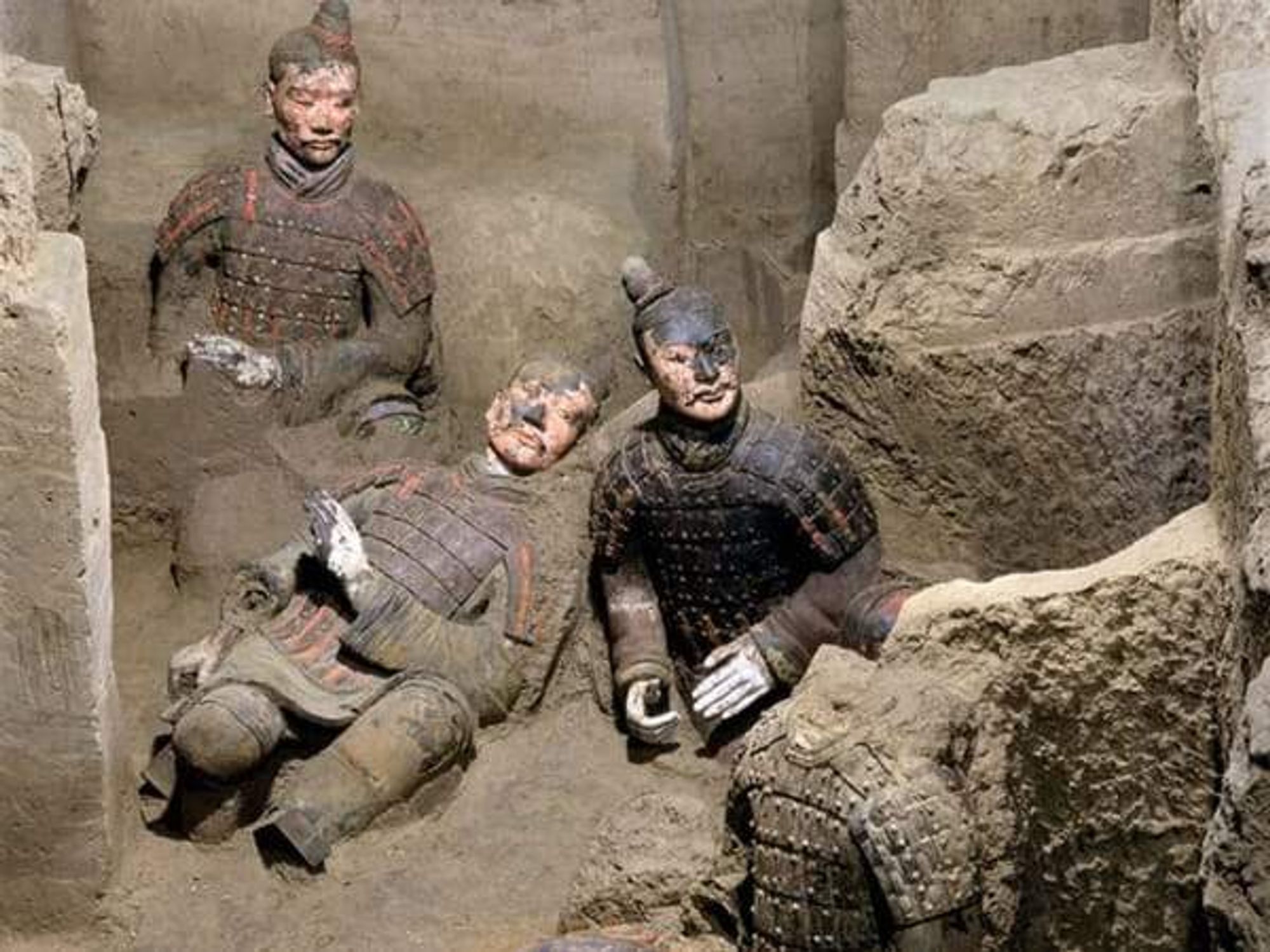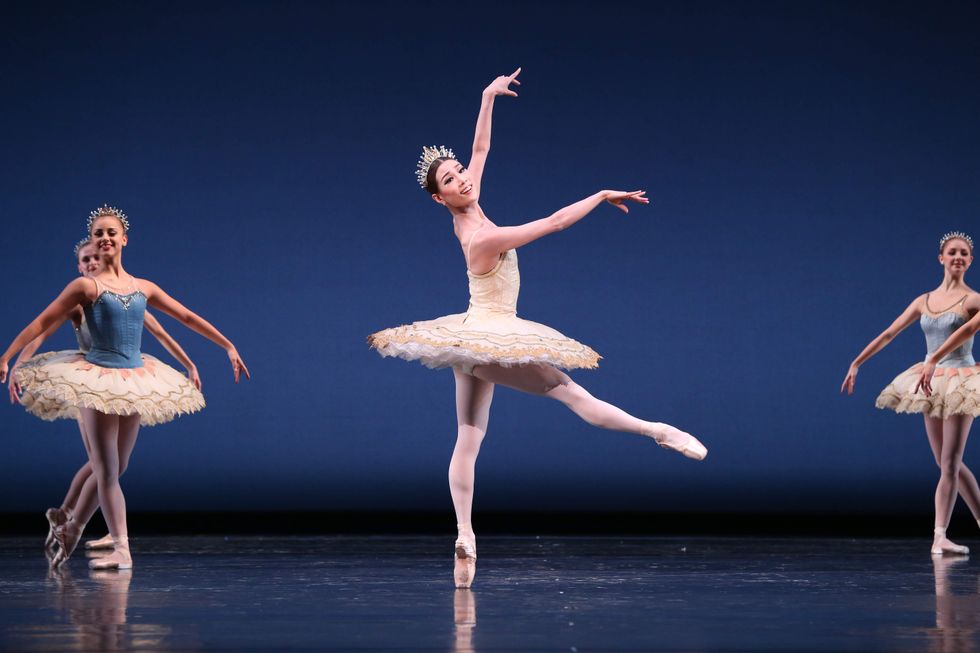challenge your bias
Holocaust Museum Houston examines bias in Smithsonian-backed exhibit

The "Bias Inside Us" exhibit at Holocaust Museum Houston looks at how humans form hurtful biases.
Asked to explain bias, Robin Cavenaugh, the CMO for the Holocaust Museum Houston, pauses for a moment then cites the opening scene of HBO’s limited series Watchmen.
“I didn’t know about the Tulsa Race Massacre until I saw that show,” she says. “I work in Holocaust museum. We do exhibits on Black American history all the time. It had still somehow never come up in conversation before. That’s what bias does. It’s a system of missing information.”
That unconscious ignorance is a key component of “Bias Inside Us,” a new exhibit at the museum. A production of the Smithsonian Institution Traveling Exhibition Service (SITES), the exhibit examines the subtle ways that bias frames the world.
One wall is dedicated to a photography project by Spanish photographer Angélica Dass. Humanae is a series of portraits of people of various skin hues, usually framed against nondescript backgrounds. The subjects all wear the same expressions, but their faces form a rich, random tapestry of humanity that dares the viewer to see them as different.
The exhibit is divided into six sections: Introduction, The Science of Bias, Bias in Real Life, Serious Consequences—Bias is All Around Us, #RetrainYourBrain, and Personal Reflection. The science looks at how our initial biases are formed. Babies instinctively gravitate to familiar faces. If that child grows up in a homogenous environment, they will begin to distrust people who look different.
That distrust manifests in hundreds of different ways that shape the world. As one quote on the wall from Stanford social psychologist Jennifer L. Eberhardt puts is, “When people think about racism they’re thinking about bigots, but you don’t have to have a moral failing to act on an implicit bias.”
Dotted throughout the exhibit are personal stories of bias. Students seen as troublemakers by teachers of a different race, police who arrest one ethnicity at higher rates than others, even two stepsisters (one Black, one mixed race Black and white) who received different treatment in a restaurant.
Collectively these all add up to greater sociological actions.
“Here at the museum, we obviously try to tie everything back to the Holocaust,” says Cavenaugh. “Those biases, built up over hundreds or thousands of years, lead to atrocities. It’s regular people feeling an inherent distrust or fear.”
“Bias Inside Us” is a gentle exhibit. It frames the fight against bias as one of correction, not condemnation. An ad from the Love Has No Labels ad council from 2015 shows crowds reacting to X-ray portrayals of couples and families that show only their skeletons. It’s impossible to tell race or gender until the subjects come around the front to reveal who they are.
The last part is a small wall space with sticky notes and pencils. Visitors are encouraged to write the ways they will combat bias in the future and stick it to the wall. It’s a final sign that the quest to end bias starts with us making conscious change despite early ideas of trust and safety.
“Bias Inside Us” runs at the Holocaust Museum Houston until October 6.





